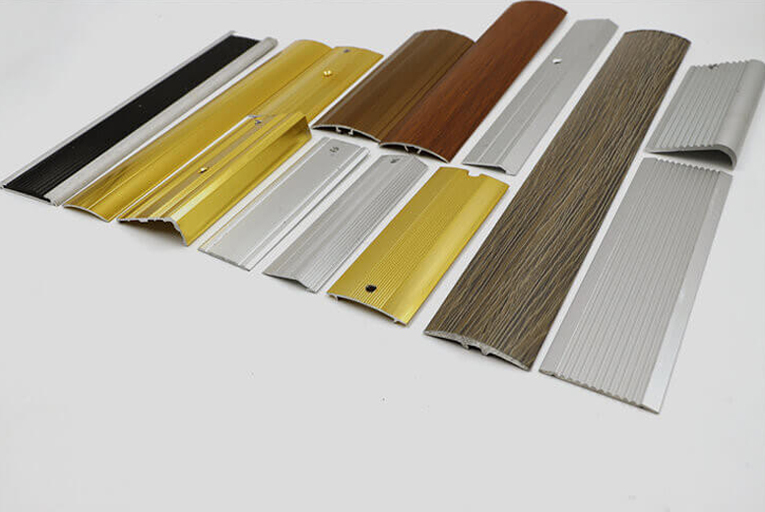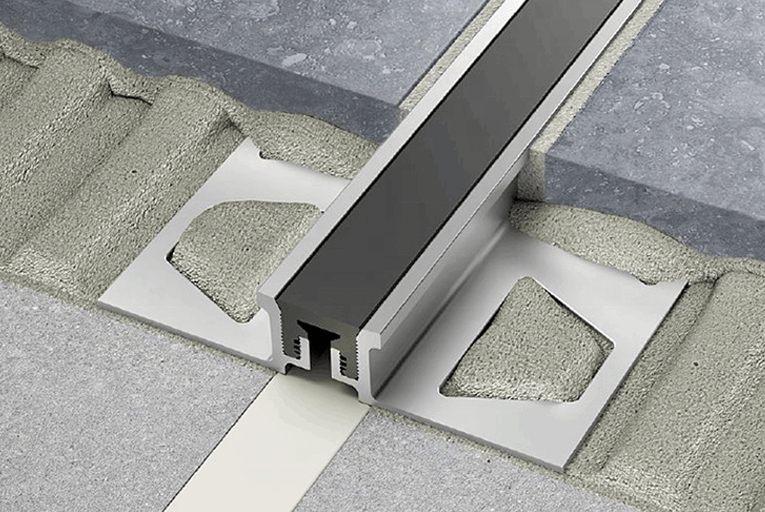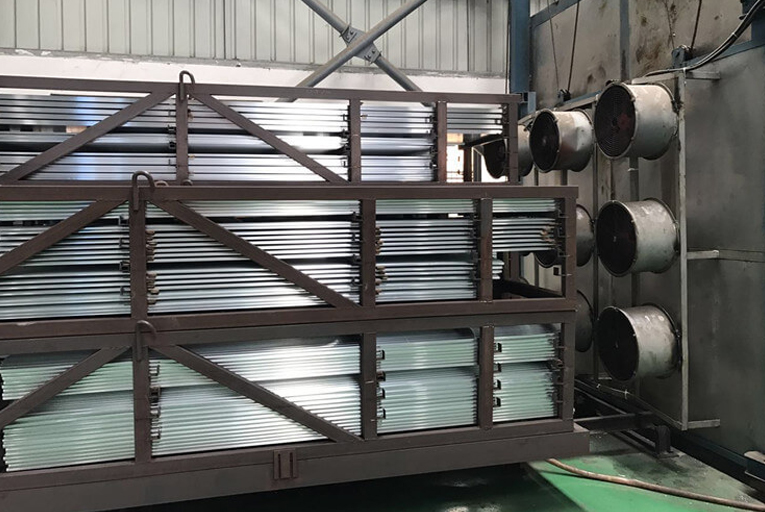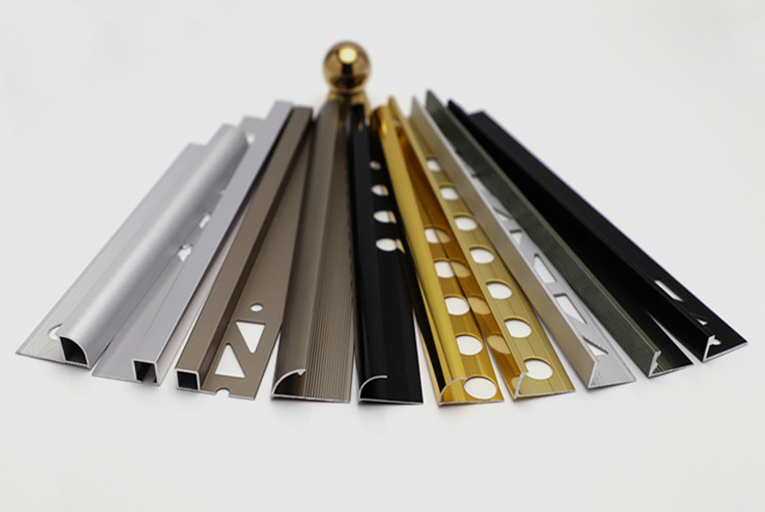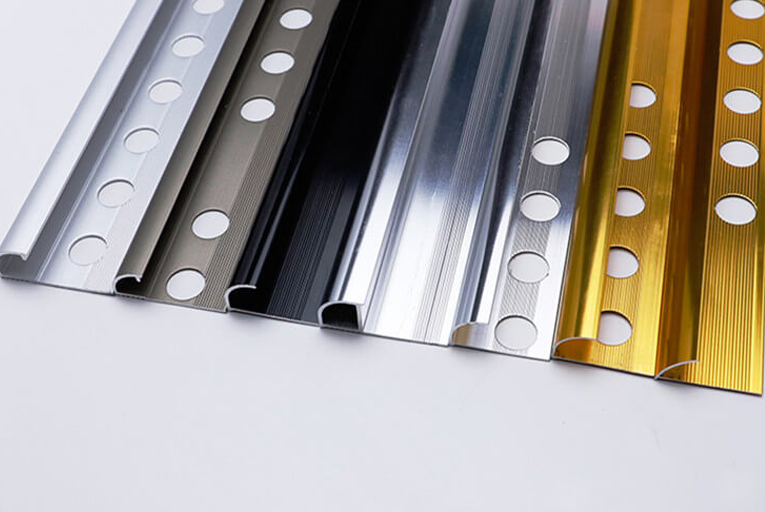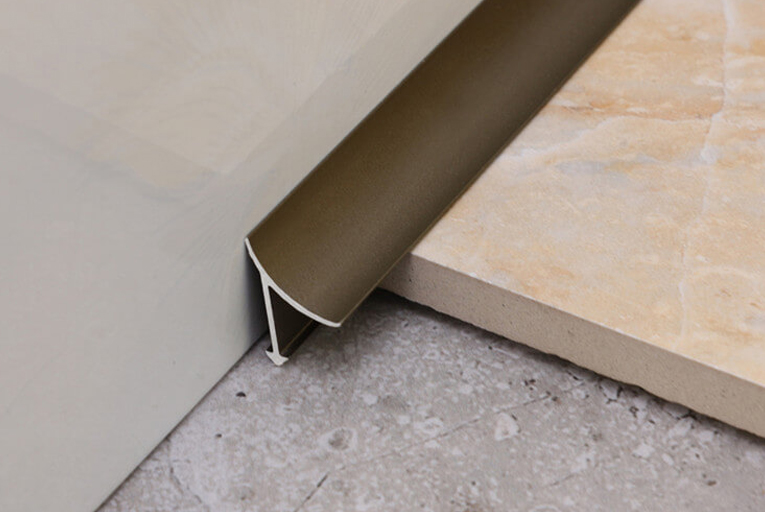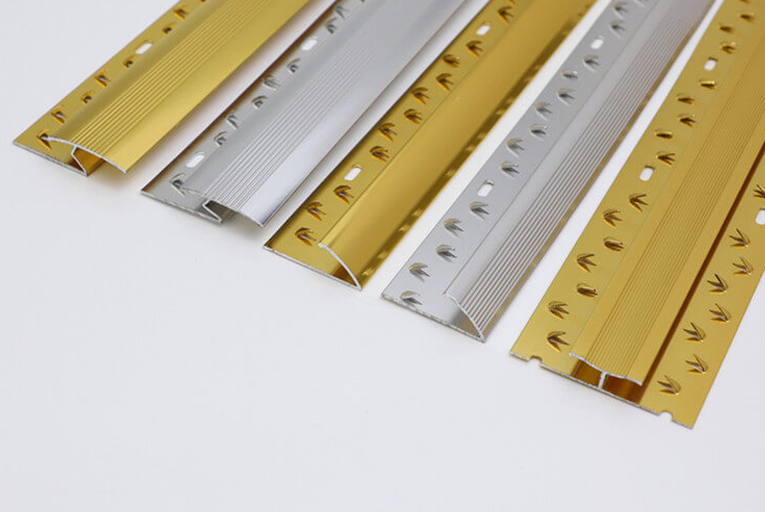How to Select Tile Transition Strips for High-Traffic Areas
As the dance of footsteps echoes through your home’s bustling corridors, the relentless friction between tiles and flooring demands a steadfast sentinel: the tile transition strip. But in the high-traffic battleground, not all strips are equal.
Understand the Battlefield
Heavy footfall subjects transition strips to a barrage of wear, tear, and relentless pressure. Choose a strip that can withstand this assault by considering its:
– Strength: Look for materials like aluminum, stainless steel, or brass for durability.
– Profile: Thick and heavy profiles provide greater stability and can better distribute the load.
– Slip Resistance: Especially crucial in areas prone to spills, opt for strips with a non-slip surface to prevent accidents.
Match the Style and Finish
Transition strips should blend seamlessly with their surroundings, enhancing the aesthetics while providing a functional bridge. Consider:
– Color and Texture: Align the strip’s finish with the tiles or flooring it connects to for a harmonious appearance.
– Material: Choose a strip that complements the style and material of the adjacent surfaces. For example, a metallic strip may suit modern tiles while a wooden strip may harmonize with hardwood floors.
Types of Transition Strips
Depending on the specific needs of your high-traffic area, consider the following strip types:
– Straight: Basic strips that connect tiles of equal height, creating a seamless transition.
– Stair Nosing: Designed for stair edges, providing additional safety and grip while preventing tripping hazards.
– Threshold: Used at doorways and entryways, bridging the gap between different flooring materials.
– Expansion Joint: Compensates for movement or expansion in flooring materials, preventing cracks or buckling.
Installation Considerations
Proper installation is crucial to ensure the strip’s longevity and functionality:
– Prepare the Surface: Ensure the surfaces adjacent to the strip are level, clean, and dry.
– Measure and Cut: Measure the gap between the tiles or flooring and cut the strip accordingly.
– Secure the Strip: Use screws, nails, or adhesive to securely fasten the strip in place.
– Grout or Seal: If necessary, apply grout or caulk to fill the gaps around the strip for a finished look.
By following these guidelines, you can select and install tile transition strips that will withstand the rigors of high-traffic areas, ensuring a safe and cohesive flooring environment for years to come.
-
The 6 Hottest Tile Trim Solutions for 2021
2022-02-09 -
How to Install Tile Trims Line?
2022-02-09 -
Difference Between Sandblasting and Anodizing Surface Treatment of Aluminum Tile Trim
2022-02-09 -
The Different Uses of Tile Outside Corner Edging Trim and Inside Corner Edging Trim
2022-02-09 -
The Most Popular 5 Different Materials of Tile Trim Line
2022-02-09 -
What is Carpet Cover Trim?
2022-02-09
